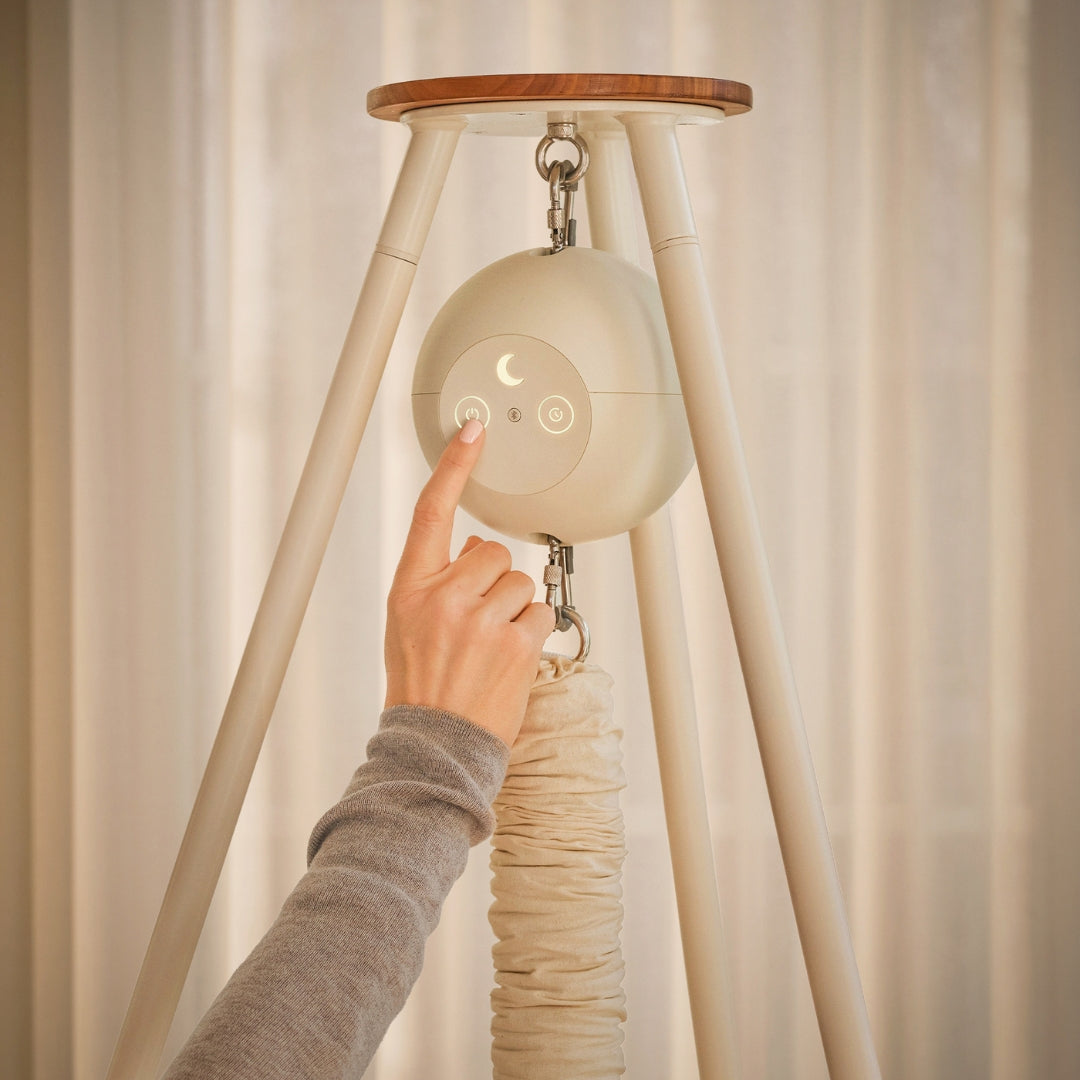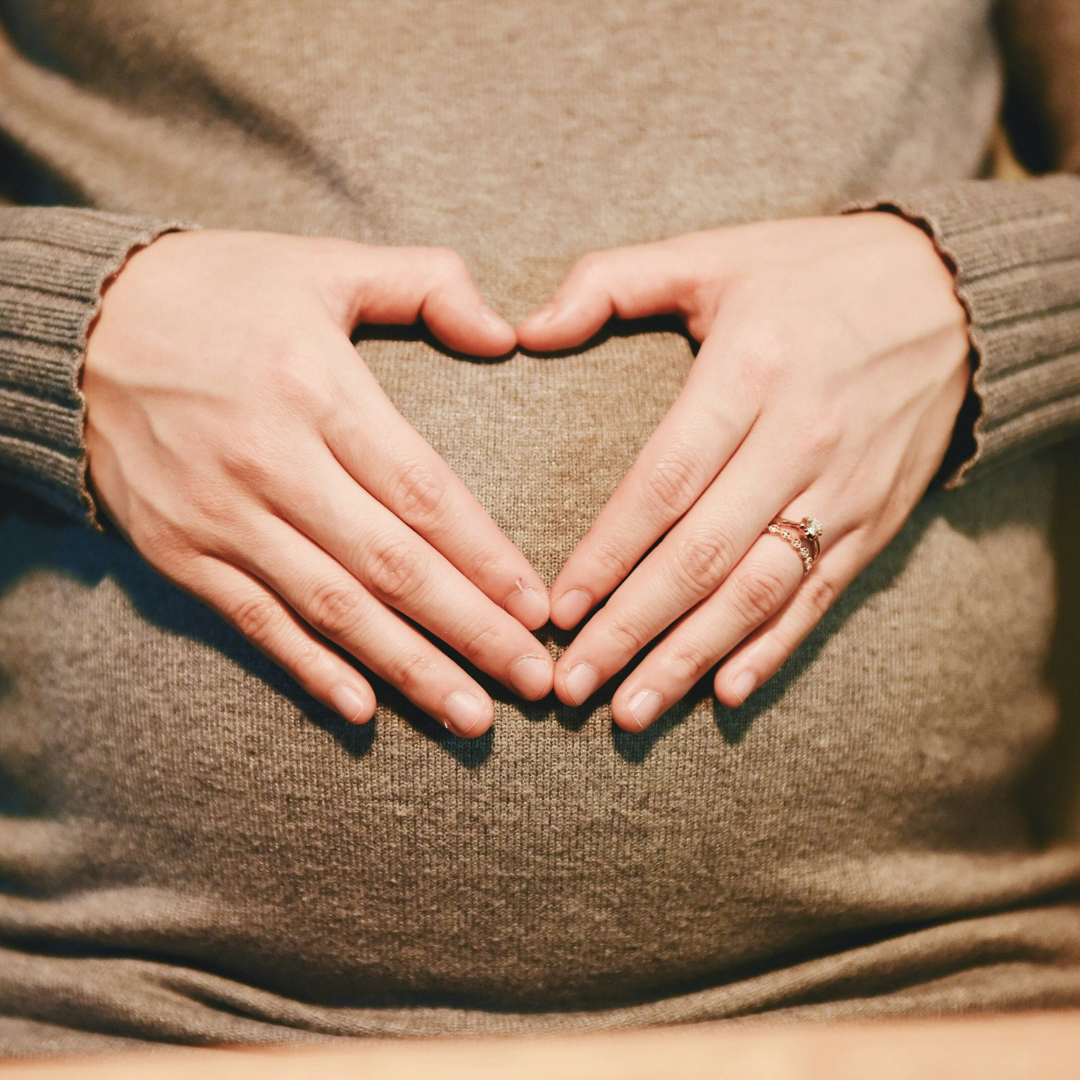

Have you noticed that your baby tends to get fussy and cry more once the evening rolls around?
If so, it is completely normal for little ones to be extra agitated towards the end of the day. This article will explain why babies often cry more in the evening, as well as provide some tips you can use to help ease their irritation.
Crying is your baby's prime – and for awhile, only – way to communicate with you and others. However, you may have noticed that your child tends to cry more often during certain times of the day compared to others.
While every baby is undoubtedly different, there is usually a common pattern: most babies, specifically newborns, will noticeably cry more frequently in the evenings. When evening comes around, your baby is probably more sensitive to external stimuli and needs time to process all they have been exposed to during the day. Additionally, babies are more likely to become overstimulated in the evening hours which will often result in more fussiness.
It is never fun to see your child crying, especially when you are unable to calm them. Not only is it hard on your baby, but it can understandably become stressful and tiring for the caregiver as well.
If you notice that your house may become an especially loud time of the day (maybe the whole family is home from work/school or noisier chores such as the dishes are being completed), it may be that your child is simply overstimulated. To help with overstimulation, you can:
-
Reduce background noise by turning off the television, radio, washing machine, dishwasher, etc.
-
Ask other family members to use indoor voices or spend their free time in parts of the home other than where the baby is
-
Keep any rambunctious animals in parts of the home other than where the baby is
-
Dim the lights around the house
Additionally, you can take the above steps throughout the day as a preventative measure. If the child is exposed to less stimulation throughout the day, they may be less likely to become overstimulated in the evening.
Most babies love to be rocked, especially when they are unsettled, and tend to relax quickly when placed in a hammock or cradle. In addition to the rocking motion, the fabric can help muffle sounds, block out outside light, and provide a sense of security by relaxing in a snug environment – all components that remind the baby of being in the womb.
The bouncing movement will usually help the baby to fall asleep where they can decompress and receive a break from outside stimulation. If you’re having trouble getting your baby to sleep in general, you may find our “Baby Won’t Sleep” article helpful.
Crying can signal many different things, so if your baby is still crying after excessive stimulation has been dampened, there are some other things that should be considered as a possible cause.
Intense, or “hysterical,” crying can also mean:
-
Your baby is hungry
-
They need a diaper change
-
Stomach discomfort
If you suspect stomach discomfort is an issue, you can try the following:
-
Give your baby a warm and relaxing bath
-
Gently massage their stomach
-
Lay them on their back and “bicycle” their legs to help ease pain caused by gas buildup
Again, each baby will have a different temperment and thus different experiences, but babies tend to cry the most in the first three months of life – typically peaking between birth and six weeks. In fact, by 12 weeks, most babies only cry about half as often as they did in those first few weeks.
It can be difficult to soothe a crying baby, especially in afternoons and evenings after a long, stimulating day. The good news is that as your child adapts to life outside of the womb, they will grow more accustomed to the sights and sounds of everyday life. As the stimulation becomes normal, the crying should lessen. Additionally, as they grow, they will learn new ways to communicate with caregivers thus reducing their need to cry in order to express themselves.
If you are ever concerned about the amount your child is crying, or they only seem to be crying more often as they age, it never hurts to reach out to your family doctor for advice and guidance.
Babies can develop colic between about three weeks and three months of age. Colic is usually defined as crying for at least three hours a day, three days a week, over a period of at least three consecutive weeks.
If your baby meets those benchmarks, it is not necessarily an indicator that they have colic, especially if the crying tends to happen more in the evening. However, as stated in the previous paragraph, don’t hesitate to contact a doctor if you have any degree of concern regarding your child's health or development.
Crying and fussiness is a normal part of a baby’s development, especially in those first few months. While the crying can feel overwhelming – both for baby and caregiver – it is often an understandable response to overstimulation of basic needs like hunger, tiredness, or discomfort. By creating a calm environment, offering comfort and security, and attempting to use simple soothing techniques, you can help your baby settle.
With all of that said, if the tips outlined above don’t seem to help, it can never hurt to check in with your family doctor for resources or guidance.





































